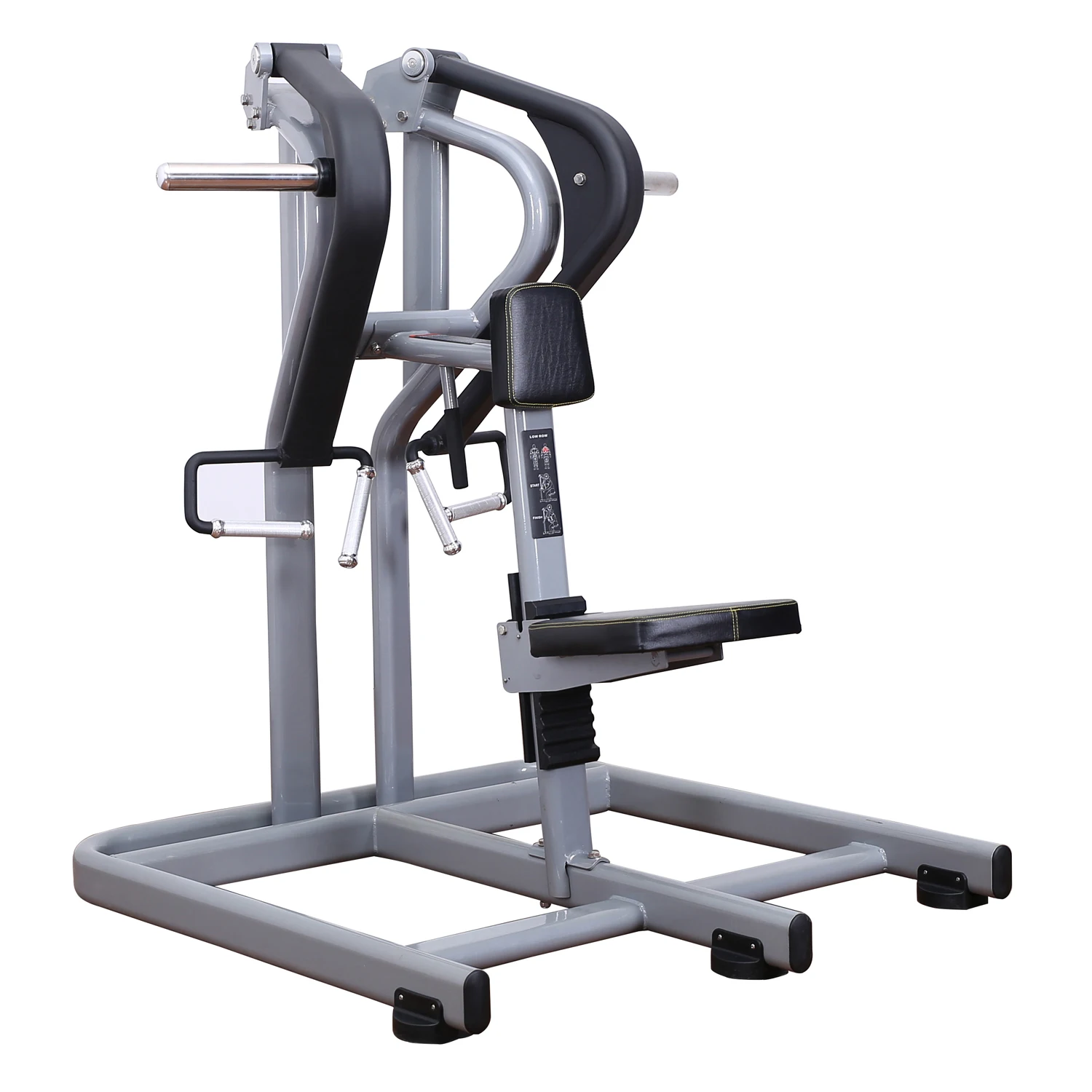

This is what many people learned in gym class, but now most experts agree this method is dangerous because it puts too much pressure on the muscle and connective tissue.

Move slowly into a stretched position, and then bounce once you get there. Pursue it only under the supervision of a physical therapist or trainer. While PNF can be very effective, it can also be dangerous if done improperly. Proprioceptive neuromuscular facilitation (PNF) stretchingĬontract a muscle, release it, and then stretch, usually with the assistance of a partner who “pushes” the stretch. However, critics warn of the risk of overstretching, especially if using a rope. Because you don’t force the muscle to stay contracted, the muscle that’s being worked actually stays relaxed. Often you must use a rope or your hands to get a muscle to its stretching point. Stretch a specific muscle until you feel tension, and then hold the position for just one or two seconds. This is considered the safest way to stretch - done gently, it allows muscles and connective tissue time to “reset” the stretch reflex. Stretch a specific muscle until you feel tension and then hold the position for 15 to 60 seconds. Some of the most common are listed below. There’s only one “right” way to stretch.įalse: There are actually a half-dozen or more ways to stretch. In a perfect world, you’ll stretch a few minutes into and after your workout. However, walking briskly or jogging for five minutes, until you break a light sweat, is a sufficient warm-up for stretching. True and false: It’s safer to stretch a warm muscle, and warm muscles are more relaxed and have greater range of motion. The best time to stretch is after exercise, when your muscles are warm.


 0 kommentar(er)
0 kommentar(er)
